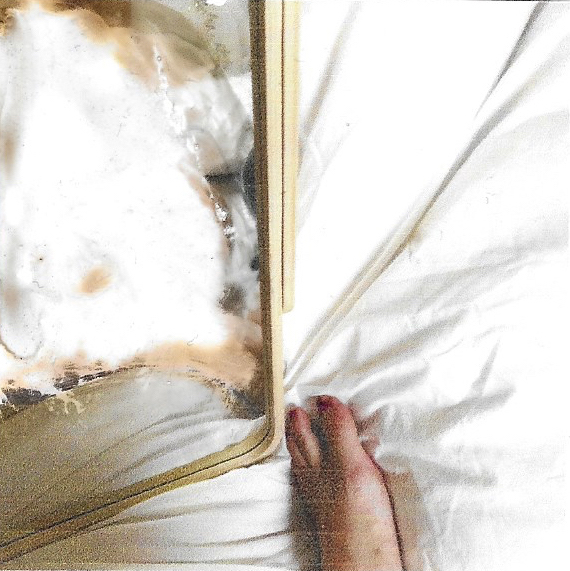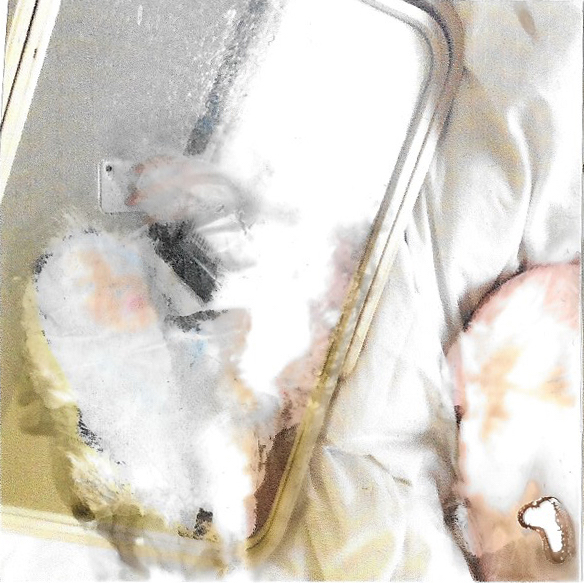2018/transition/1011
resin and ink, 6cm diameter each, 2018

Visuals become autobiographical memories, but there are also memories that become visuals. Visual perception depends not only on retinal information, but also on cognitive information. It is mental imagery, also known as visual imagery or top-down processing, that is the mental representation of cognition. Visual imagery is the ability to generate percept-like images without retinal input and is therefore a vivid demonstration of retrieving pictorial information from memory. Perhaps the scene I remembered was a mental image evoked by a stimulus; a photograph.

Our body goes through a natural process of degradation and reproduction.
Noticeable on our fingertips, cells located in the inner tissues of our body regenerate regularly. This repetitive process of replacement has aspects so microscopic that they are imperceptible. Our bodies are similar to a series of photographs. They are transient, changing states, but continuous beings. The reason we know that the past self is identical to the self in the present is because of the self-awareness created in our memory.















Featured:
2019, Re:Figuring the Body, Kingston Gallery, Boston MA
http://www.kingstongallery.com/exhibitions/2019/july-re-figuring-the-body.php
https://kingstongallery.wordpress.com/2019/07/24/re-figuring-the-body-another-jurors-perspective-mary-lang/
2019, New User, RISD Digital+Media Graduate Student Exhibition, Boston Cyberarts, Boston MA